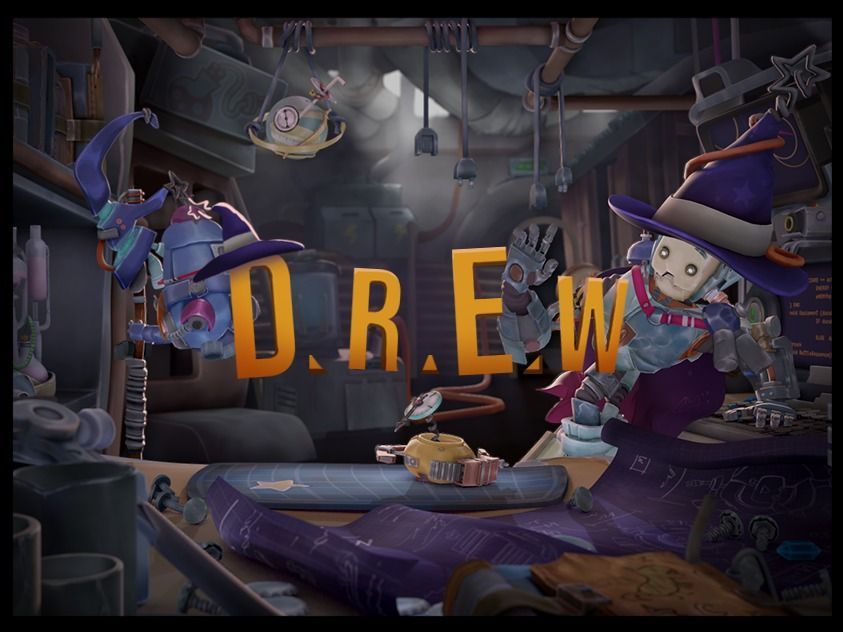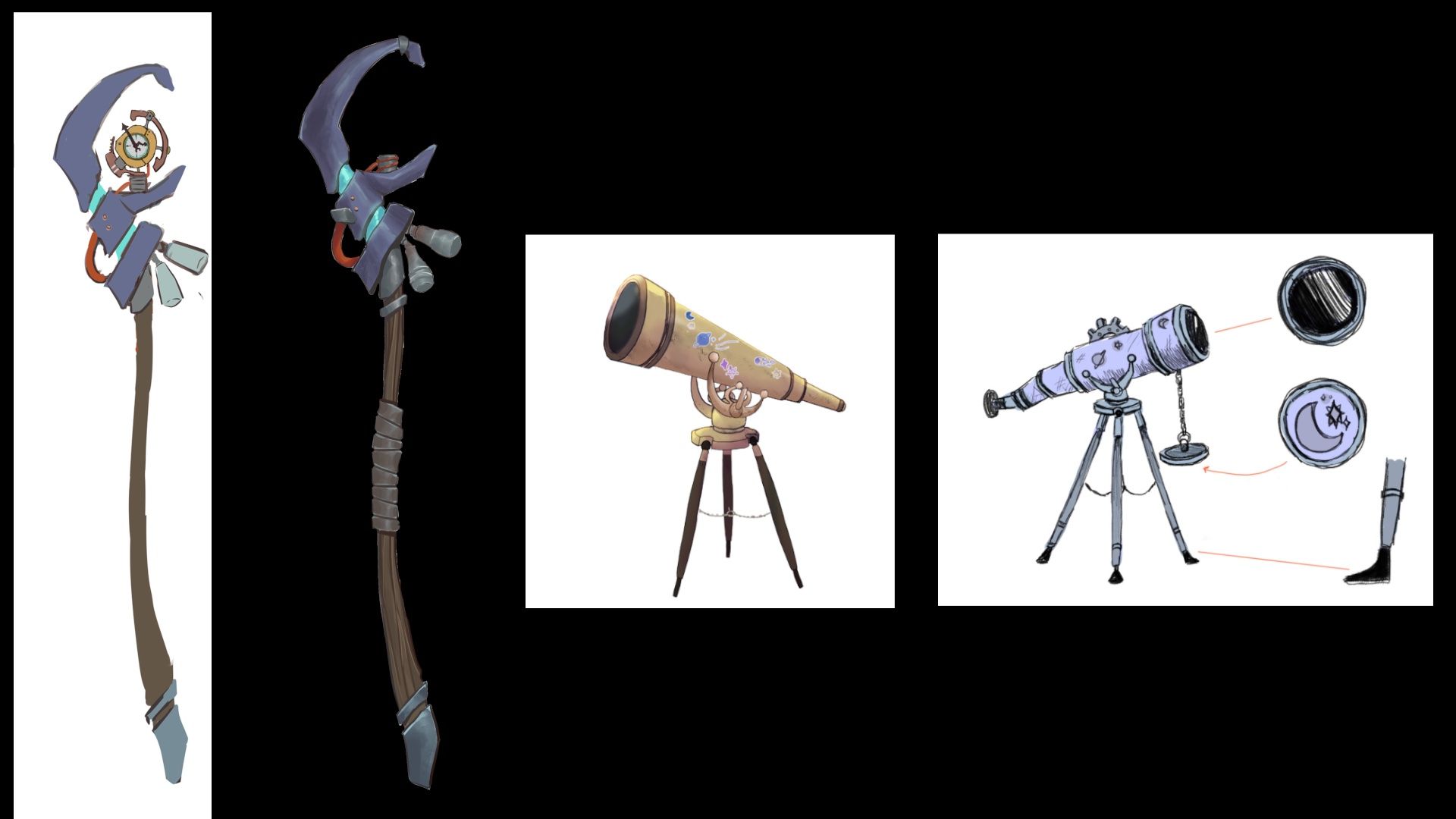
Creative Collaboration in Action: UTS ALA Student Short Film, D.R.E.W.
In this article, Samantha Sheppard offers deeper insights into her team's collaborative journey and her contributions to the film, D.R.E.W.

In this article, Samantha Sheppard offers deeper insights into her team's collaborative journey and her contributions to the film, D.R.E.W.
Along with a group of students, Samantha Sheppard, a graduate of UTS Animal Logic Academy, entered their project "D.R.E.W" to the Rookie Awards 2022, a looping short film about the daily life of a Delusional, Robotic, Engineering Wizard and his companion Susan. This was the Drew team's first group project together and in this article, Samantha shares more insight into their collaboration, and what she worked on for the film.
During my Masters at University of Technology Sydney, Animal Logic Academy (UTS ALA), we had a self-learning day on Fridays. This was a day where I could do my own learning away from the course curriculum. For an individual project, I planned what I would learn for the next month, whether it be rigging, sculpting in ZBrush or learning hard surface modelling in Maya. We would each present what we had learnt that month in ‘Monthlies.’ This enhanced our showcasing and pitching skills as well as served as an inspiration to see what other peers were learning.
The self-directed learning day gave us the chance to not only improve our 3D skills, but the knowledge of how to plan out what to learn when we have spare time to learn in between working tasks.
Using these self-directed learning days, a few of us students formed a group to collaborate on a project titled D.R.E.W, which stands for Delusional Robotic Engineering Wizard. We set out to create a short looping animation which could be viewed on the home screen for the potential D.R.E.W game.
During production we would have a weekly meeting at UTS ALA (or via discord during the COVID lock downs). As a modeller, I would receive concept artwork, block out these models and present my work in meetings. We would then go around the room to review and enhance each other's work. In one of the early meetings we were discussing how D.R.E.W. would hold the magical staff. I presented an idea of tennis racket tape as the staff handle, as it needed to be grippy for a robotic hand as well as something to protect the wood on the staff. This was approved and translated back into the concept design. Other times where this feedback process elevated our work, was when the joystick ball became a half-eaten mandarin, or the telescope gained booties and a cog.
AT UTS ALA, we experienced many forms of feedback from Leads or peers at different stages of the production pipeline. Having this constant constructive critique meant that we learnt to be comfortable receiving feedback and realise that this was only about enhancing the work and not a reflection on ourselves personally. The working environment of the D.R.E.W project mirrored the skills we gained during the studios.

During this project I was able to create and refine assets directly from concepts, as well as practise my modelling techniques. There was a nice contrast of hard surface and organic modelling in the assets I got to create, and it enabled me to learn and practise new techniques in Autodesk Maya. I also got a chance to play around and experiment in ZBrush, specifically with the stylised orb brushes. I utilised the orb brushes for the gemstones in the keyboard, sculpting of the peeled mandarin in the joystick and crystals.

This was one of the first projects that I worked on, where my assets were animated and interacted with, to enhance specific parts of the story. It was very exciting to see the process where D.R.E.W’s studio environment went from a blank 3D room in pre-production to being filled out with some of my assets during production.
I am glad that I worked on this project. The smaller team and scope meant that we had more time to enhance and refine our work. It was great to experience a smaller production pipeline as well as improve and learn new modelling techniques.
Because of the collaborative environment through many group projects and mentorship with Leads at UTS ALA, we were able to run the production of D.R.E.W ourselves. I think the Drew team worked so well because we had all bonded and worked together over the year. The leadership, professionalism, critique and technical skills taught and practised at UTS ALA enabled us to work independently in our roles then bring the content we individually created together, to develop and deliver a short animation.

You can view our full project here and my individual assets at this link.
Our team members included: